Researchers have developed a new and efficient method of retrieving gold from e-waste
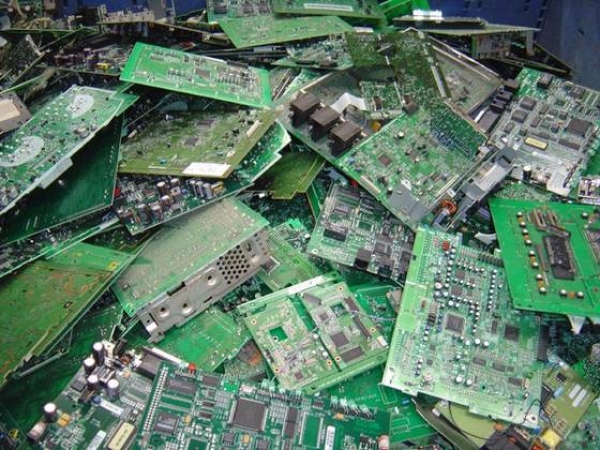
Gold contained in discarded electrical or electronic devices can be selectively separated from the rest of the metals
Gold contained in discarded electrical or electronic devices can be selectively separated from the rest of the metals
It is estimated that 7% of all world’s gold is found in the printed circuit boards of electrical devices which will be wasted if not retrieved at the end of their life cycle. The good news is that scientists at Edinburgh University developed a new method of extracting the precious metal contained in waste electrical and electronic equipment (WEEE) such as mobile phones. Gold can be separated from the mixture of metals by extraction into toluene from an aqueous HCl solution; a simple and efficient method that does not use toxic chemicals like cyanide (used by other current processes), that can be hazardous to health. Their work, published in August in the journal Angewandte Chemie, was funded by EPSRC and could help salvage some of the estimated 300 tonnes of gold used in electronics each year.
The process
In order to extract the gold, printed circuit boards are first placed in a mild acid, so that all of their metal parts are dissolved. Then, a primary amide contained in an oily toluene solvent is added, which is capable of extracting gold selectively from the mixture of other metals. According to the head researcher Professor Jason Love, gold is retrieved from the chemical mixture with water. “After separation of the oily phase from the acid one, washing the oily phase with water transfers the gold into the water phase for electro-winning,” he told The Engineer. “We have to do this a couple of times to ensure complete phase transfer, but each wash step is very quick.” It is interesting that 85% of gold contained on old circuit boards is extracted on just the first pass, however Prof. Love says that these extractions are repeated several times to ensure complete recovery of the desired metal. “We want to look into developing a whole process to satisfy a possible circular economy theme,” he added.
In any case, this is a fundamental chemical understanding gained, which should be taken into account at the development of large-scale metal-recovery processes.
Source: The Engineer
Source: The Engineer
Want to read more like this story?

Water full of gold and silver found beneath volcanoes
Aug, 26, 2015 | NewsA real treasure was identified by scientists in New Zealand. The water that is in underground reserv...
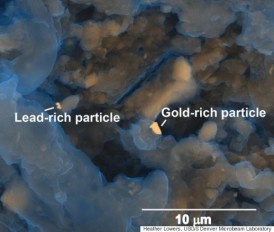
Golden Feces
Mar, 25, 2015 | NewsAmerican researchers at the 2015 national meeting of American Chemical Society outlined the details...

Landslide in Chad's gold mine: At least 30 people dead
Sep, 27, 2019 | NewsAt least 30 people died due to a landslide in an illegal gold mine in Chad. The landslide occurred...

Eldorado receives permits for Greek gold mines exploitation
Sep, 10, 2019 | NewsAccording to the Canadian Eldorado Gold Corp, the Greek government granted installation permits for...
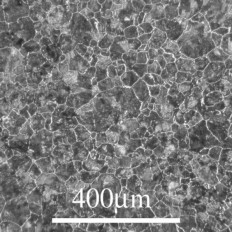
Machine learning technique to study metal alloys
Dec, 11, 2020 | NewsA new study by MIT researchers focuses on a machine learning approach with the aim to produce...
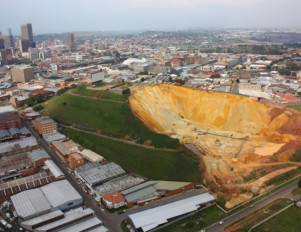
The devastating impact of Gold Mining in South Africa
Feb, 20, 2019 | NewsFor 130 years South Africa has been exploiting its gold resources in Johannesburg. But at what...

Dam collapse in Siberia results in 15 casualties
Oct, 23, 2019 | NewsAt least 15 workers died after a dam collapsed flooding a gold mine in Siberia, Russia. The gold mi...
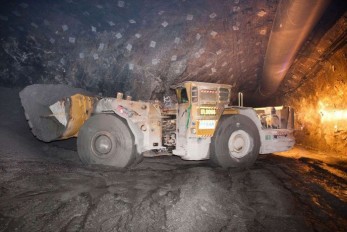
Ground collapse in Tasmanian gold mine: One worker trapped
Jan, 29, 2020 | NewsOne worker was trapped in Henty Gold Mine located in Tasmania, Australia, after a ground failure. T...

Rockfall in South African gold mine: 4 workers dead
Dec, 09, 2019 | News4 mineworkers were found dead after a rockfall occurred in a gold mine located in Orkney, South Afr...
Trending

Vertical gardens in Mexico City to combat pollution

Saudi Park Closed After 360 Big Pendulum Ride Crashes to Ground, 23 injured

Characteristics of Load Bearing Masonry Construction

Taipei 101’s impressive tuned mass damper

Dutch greenhouses have revolutionized modern farming

Federal court rules Biden’s offshore drilling ban unlawful


